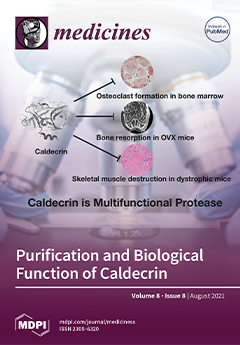Open AccessEditor’s ChoiceReview
Herb–Drug Interactions: Worlds Intersect with the Patient at the Center
by
Mary Beth Babos, Michelle Heinan, Linda Redmond, Fareeha Moiz, Joao Victor Souza-Peres, Valerie Samuels, Tarun Masimukku, David Hamilton, Myra Khalid and Paul Herscu
Cited by 12 | Viewed by 7261
Abstract
This review examines three bodies of literature related to herb–drug interactions: case reports, clinical studies, evaluations found in six drug interaction checking resources. The aim of the study is to examine the congruity of resources and to assess the degree to which case
[...] Read more.
This review examines three bodies of literature related to herb–drug interactions: case reports, clinical studies, evaluations found in six drug interaction checking resources. The aim of the study is to examine the congruity of resources and to assess the degree to which case reports signal for further study. A qualitative review of case reports seeks to determine needs and perspectives of case report authors.
Methods: Systematic search of Medline identified clinical studies and case reports of interacting herb–drug combinations. Interacting herb–drug pairs were searched in six drug interaction resources. Case reports were analyzed qualitatively for completeness and to identify underlying themes.
Results: Ninety-nine case-report documents detailed 107 cases. Sixty-five clinical studies evaluated 93 mechanisms of interaction relevant to herbs reported in case studies, involving 30 different herbal products; 52.7% of these investigations offered evidence supporting reported reactions. Cohen’s kappa found no agreement between any interaction checker and case report corpus. Case reports often lacked full information. Need for further information, attitudes about herbs and herb use, and strategies to reduce risk from interaction were three primary themes in the case report corpus.
Conclusions: Reliable herb–drug information is needed, including open and respectful discussion with patients.
Full article
►▼
Show Figures




